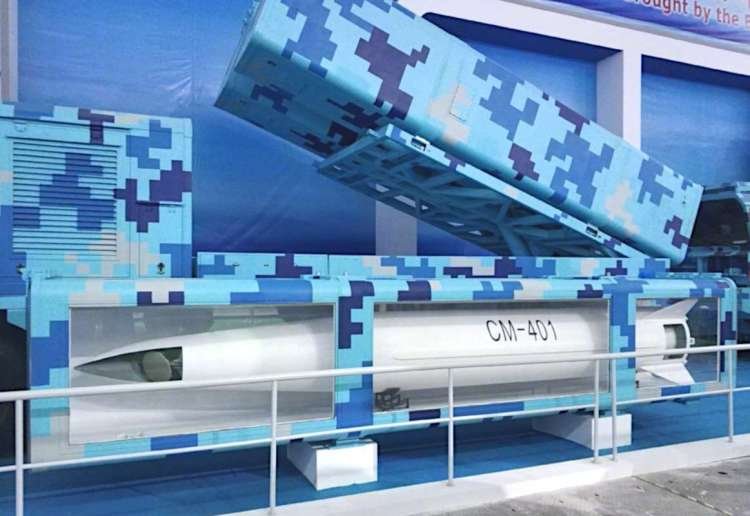Alarming: China’s lead on potent super-fast missiles

According to a senior U.S. official, China is leading the U.S. in a race to deploy hypersonic missiles that would overcome existing air defence systems.
The combination of speed, manoeuvrability and altitude of these missiles makes them hard to intercept and track. They travel at speeds of more than five times the speed of sound or about 3,853 miles/hour. Some will travel as fast as 15550 miles/hour, according to the U.S. and other Western weapon researchers. That’s roughly 25 times as fast as modern passenger jets.
According to Admiral Harris, the former head of U.S. Pacific Command, Hypersonic weapons were one of a range of advanced technologies where China was beginning to giving a tough time to U.S. military, questioning its dominance in the Indo-Pacific region.
In April 2018, United States’ Undersecretary of Defense for Research and Engineering, Michael Griffin told the Senate Armed Services Committee that Beijing has deployed, or is close to deploying, hypersonic systems armed with conventional warheads. These can travel thousands of miles from the Chinese coast and threaten the American forward bases or carrier battle groups.
The undersecretary also pointed out that the United States do not have defences against those systems.
Invincible Russian Missile
Kremlin may have already fielded a hypersonic weapon. At a parade in May last year, the Russian military displayed what it had earlier said was a hypersonic missile. Russian President Putin has described the missile as invincible.
According to the Chinese military in 2014, it had conducted a hypersonic test flight. However, later, in 2016, U.S. Military officials believe it conducted six successful tests.
In early November, Beijing unveiled a new ballistic anti-ship missile, the CM-401, at the biennial airshow in the city of Zhuhai. According to the reports by the Chinese state, it said the new missile was a hypersonic weapon. Also, an information card along with the CM-401 pointed it a “high supersonic” ballistic missile which had a trajectory touching near space. It had a range of up to 290 kilometres.
Russia, China and the U.S. have focused research and development on two classes of these weapons: hypersonic glide vehicles and cruise missiles that fly at hypersonic speed. Both types could carry conventional or nuclear payloads, according to the U.S. and other Western weapons analysts and military officials.
A hypersonic glide vehicle is boosted overhead on a rocket to heights of between 25 to 60 miles above the earth before detaching to glide along the upper atmosphere towards its target. It is released at a height and speed that would allow it to glide unpowered to the target. Control surfaces on the glide vehicle mean it can steer an unpredictable course and manoeuvre sharply as it approaches impact.
These glide vehicles follow a much flatter and a lower trajectory than the high, arching path of a ballistic missile, these researchers say. That makes them much harder to detect early with radar, giving missile defences less time to respond.
Hypersonic cruise missiles, meanwhile, have internal engines. But unlike regular cruise missiles, they travel far faster and higher.
After years of stop-start development of hypersonic, the U.S. is now trying to accelerate testing and deployment to match China and Russia, according to senior Pentagon officials.
Last year, the U.S. Air Force gave Lockheed Martin Corporation two contracts to develop hypersonic missiles. And, the U.S. Navy said it conducted a successful test of a long-range hypersonic missile on October 30, 2017. Last month, the Pentagon awarded missile-maker Raytheon Company a $63.3 million contract for hypersonic weapons development, the company said in a statement.
“Frankly, we were the leaders in that 10 and 15 years ago, and we just let it drop and we need to get started again,” Griffin told the U.S. Senate Armed Services Committee in April 2017.



















